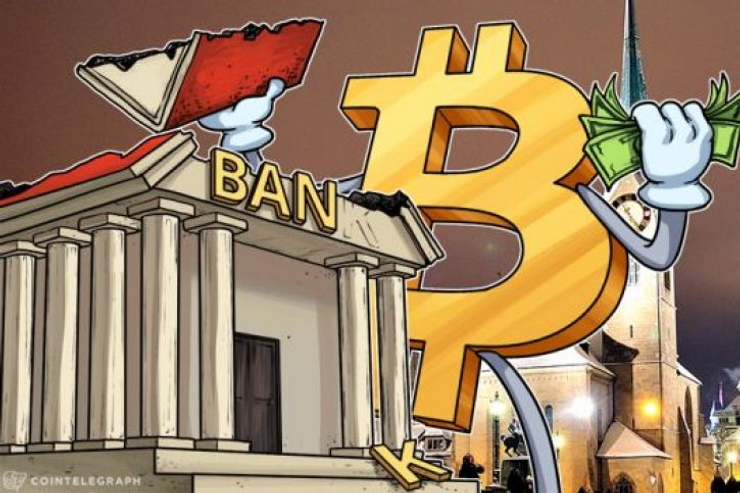Hi, I’m Adil Wali. I became a Microsoft certified professional at age 14 and started my first web development company. That led to a career as a serial entrepreneur, advisor, and startup investor. I got my first “real job” at 33, and I’m now a FinTech executive with a passion for the markets.

As your retail business continues to grow, you will probably find yourself considering using a third-party logistics provider as opposed to fulfilling your orders in-house.
Third-party logistics is a big industry. In 2014, the Global 3PL Market expanded to $750.7 billion and the U.S. 3PL Market grew 7.4% to $157.2 billion. Two U.S. 3PL Market Segments experienced double digit growth.1. Global companies all around the world, from REI to Campbell Soup Company, use 3PLs to enhance their fulfillment operations. At the enterprise level, these logistics providers provide entire supply chain solutions.

Up-and-coming retailers have very different needs than the much more established enterprises. Most of us start out by looking to fulfill orders received through our web channel. And most of us don’t have the size of business necessary to require a full supply-chain solution. What we need is a logistics provider that solves our problems here and now and can also scale with us into the future.
Specifics to look for in a 3PL
Costs
Are the costs detailed enough to permit you to make valid cost comparisons between providers? Depending on your specific needs, typical costs might include2:
- Setup fees—the most common of which are web store integration and EDI set up.
- Receiving costs—when products are accepted, counted, inspected for damage, labeled (if necessary), placed in their proper location in the warehouse and added to the provider’s inventory system.
- Storage costs—usually factored on a monthly basis and most often based on average inventory for the month. Rates may be set on a per-pallet basis, square footage basis or cubic footage basis.
- Fulfillment fees—which can vary substantially in part due to who provides boxes and packaging materials. Some 3PLs have been known to underprice fulfillment fees and make up for them elsewhere.
- Shipping—usually shown as a markup over their cost or a discount off of published rates.
When comparing costs, be sure to consider:
- What do the costs look like today?
- What is the preview like of how the costs scale with you over time?
- Are sample invoices in a detailed and easy to read format and does the 3PL have an invoice auditing process in place?
Technology
Cutting-edge technology can provide 3PLs with efficiencies that can improve performance. Enhanced management software analyzes and monitors the 3PL’s practices to help identify and eliminate inefficiencies. Cloud-based platforms and Internet of Things (IoT) devices have come into prominence within the 3PL industry, as well as the rest of the supply chain. A leading 3PL will have the latest systems that provide real-time data and feedback on supply chain operations and freight.3 How does the 3PL measure up when it comes to transportation optimization software to allow it to access and use the fastest, most efficient and cost effective routing methods?
When comparing technology capability, be sure to consider:
- How will the 3PL integrate with your existing ecommerce platform?
- How do they keep inventory in sync?
- What data security measures are in place?
- Can you access the information you need when and where you need it, from any device?
- How fast can the 3PL respond to IT requests?
Speed
Today’s consumer wants it now. The only way your retail operation is going to thrive is to give it to them. That means your supply chain has to be nimble and responsive to get the right item to the right place in good condition in the least amount of time. In part, the 3PL’s geographic proximity to your customers will play a role in your decision, but there are other considerations to keep in mind (especially considering the growing number of etailers offering same-day shipping). The speed of the entire process from transaction to delivery will have a bearing on how fast orders arrive at their destination.
When comparing speed capabilities, be sure to consider:
- How quickly can they ship product to customers?
- How do they manage peak times such as the holidays?
- How do they optimize routing to ensure that customers get packages quickly?
Broader Capabilities
Remember that the relationship with your chosen 3PL provider is a partnership and for the partnership to work effectively, you’ll need to work together toward mutual success. Consider whether the 3PL will share the same values, ethics and sense of responsibility. Cultural values may become especially important if you ship globally. Is the 3PL you’re considering willing to establish agreed-upon benchmarks for success, and willing to share measurement data so that both you and your chosen provider can work together to understand what’s working and what isn’t so adjustments can be made accordingly. Essentially, your metrics need to align with your 3PL’s metrics4.
When comparing broader capabilities, be sure to consider:
- Can they ship from multiple distribution centers?
- How do they handle international distribution?
- How do the handle emergencies and exceptions?
- Will they customize services to meet your specific needs?
- Can both sides understand and agree on what the specific nature of the partnership will entail?
You should dig deeply into these questions when you talk with the sales team at the 3PL. And, as always, the best way to get the real scoop is to talk to customers that are already using these folks. Any good 3PL should provide you with references. If you want to get exceptionally good data, try to source your own reference that wasn’t provided to you by the provider themselves. You’ll also want to consider the financial strength of the provider. When you think you’ve found a good one that meets your needs, you’re going to want them to be around for a long time to grow with you as your needs grow.






